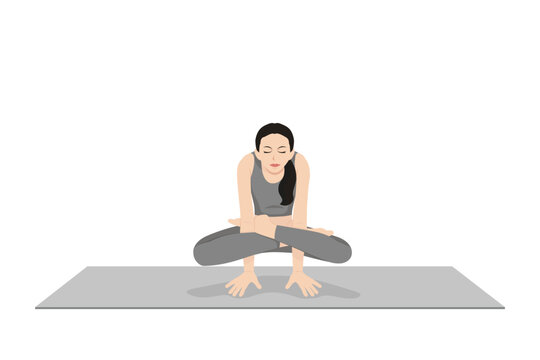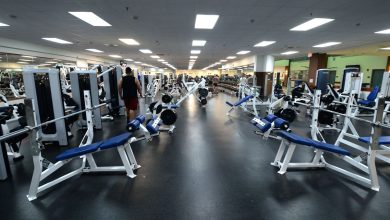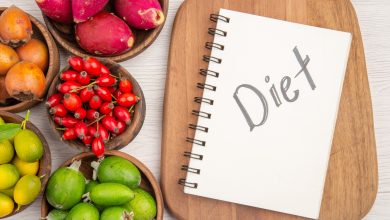Methods, advantages, and disadvantages of Kukkutasana

Kukkutasana is one of the special postures of yoga asanas, which mainly provides strength to the muscles of the shoulders and abdomen. This is a moderate yoga asana, which requires both strength and balance to practice. Kukkutasana is made up of two Sanskrit words “Kukkut” and “asana”, in which Kukkut means cock. During this yoga posture, the shape of the body appears similar to that of a rooster and hence it is also known as Cockerel pose and Rooster pose in English. It is necessary to do Kukkutasana with the right technique and if not doing so, the risk of injury can also increase. Yoga Retreat in Rishikesh also offers a great opportunity to people who want to teach Yoga in the future.
Benefits of Kukkutasana:
If The Kukkutasana yoga posture is done correctly and with special care, it can provide many health benefits –
1. Strengthens the muscles
The muscles of the shoulders and arms can be made strong by Kukkutasana, due to which there is no risk of pain in these parts.
2. Keeps the heart healthy
Practicing Kukkutasana regularly improves the blood circulation process, which helps in keeping the heart healthy.
3. Improves digestion
Kukkutasana stretches the abdominal muscles, due to which the internal organs get stimulated and work actively.
4. Kukkutasana helps in reducing fat
Practicing Kukkutasana regularly can help in removing fat from many parts of the body including the abdomen.
However, the health benefits derived from Kukkutasana majorly depend on the method of yoga asana and the health condition of the practitioner.
Method of doing Kukkutasana:
If you are going to practice Kukkutasana for the first time, following these steps may help you to form this yoga pose –
- First of all, sit in the padmasana posture by laying the mat
- Take out the hands from inside the calf and thigh and place both palms on the mat.
- After this, put both arms inside one by one bring the elbows between the thigh and the calf, and keep a distance of about 4 inches in both palms.
- Then slowly start increasing the weight of the body on the palms while bending forward.
- Keeping the balance, lift the hips from the ground and let all the weight of the body come on the hands.
You can do this yoga posture for as long as you want according to your ability and then slowly come back to normal. If you have any questions, please contact the yoga instructor.
Precautions during Cockerel pose:
Cockerel pose practice is usually done only under the supervision of a yoga instructor and during this the following precautions are necessary –
- keep the balance of the body on the hands slowly
- warm-up before doing yoga
- stretch only to capacity
- Do not let any kind of shock take place in the body.
When not to do Kukkutasana:
There are certain health conditions during which permission from a doctor must be taken before practicing Cockerel pose –
- Severe pain or bruising in any part of the body
- High or low BP
- Respiratory or cardiac disease
- Poor balance or old age
- Menstruation or pregnancy




